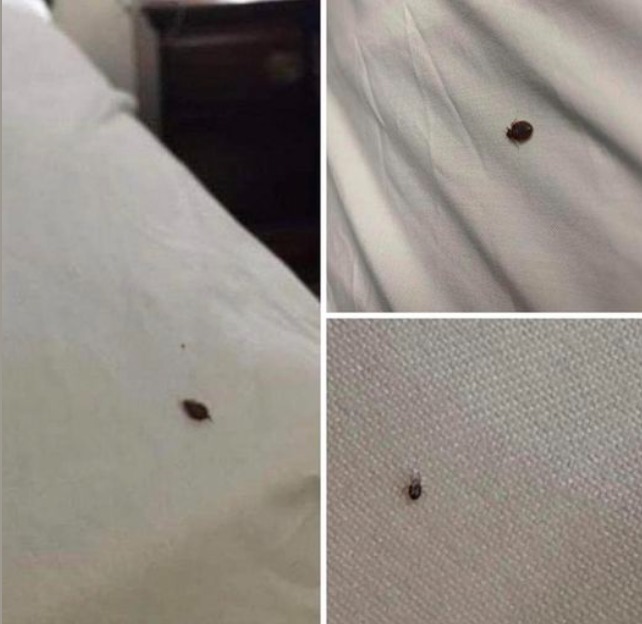ADVERTISEMENT
### If You Find a Tick Inside Your Home, Here’s What You Need to Know
Discovering a tick inside your home can be alarming, but it’s important to stay calm and take the right steps to ensure both your safety and the safety of your family. Ticks are not only a nuisance but can also carry diseases, so understanding how to handle the situation is crucial.
Ticks are common in wooded or grassy areas, but they can sometimes find their way indoors through pets, clothing, or even wildlife. In this article, we’ll cover the essential steps to take if you find a tick in your home and how to reduce the risk of tick-borne illnesses.
—
#### **What to Do If You Find a Tick Indoors**
1. **Identify the Tick:**
– The first step is to **identify the tick**. Ticks vary in size, shape, and color, but most are small, ranging from the size of a sesame seed to a small grape. They can be **brown, black, or reddish**, depending on the species.
– It’s important to determine whether the tick is an adult, nymph, or larva, as the risk of disease transmission can vary. Adult ticks are more likely to transmit diseases to humans and pets. If you’re unsure of the species, you may want to take a photo and consult an expert or local health department for identification.
2. **Remove the Tick Properly:**
– If the tick is on a person or pet, **remove it immediately**. Use fine-tipped tweezers or a tick-removal tool to grasp the tick as close to the skin’s surface as possible. Pull upward with steady, even pressure to avoid leaving the tick’s mouthparts embedded in the skin.
– **Avoid squeezing** or twisting the tick during removal, as this can cause the tick to release more harmful fluids.
– Clean the area thoroughly with **soap and water** or rubbing alcohol, and dispose of the tick by flushing it down the toilet or placing it in a sealed bag.
– If the tick is attached to a pet, consult a veterinarian for guidance on tick removal.
3. **Check for Symptoms:**
– After a tick is removed, monitor yourself or your pet for signs of illness. Common tick-borne diseases include Lyme disease, Rocky Mountain spotted fever, and babesiosis.
– For humans, symptoms of Lyme disease may include a **bull’s-eye rash**, fever, fatigue, and muscle aches. In pets, watch for changes in behavior, loss of appetite, and lethargy.
– If symptoms appear within **2-3 weeks** of being bitten, seek medical advice as early detection can prevent more serious health issues.
4. **Seal Off Entry Points:**
– If you find a tick indoors, it’s essential to check where it came from. Ticks often hitch a ride on pets, so examine your pets for ticks regularly, especially after they’ve been outside.
– **Inspect your home** for possible entry points, such as open windows, cracks in walls, or doors that don’t close tightly. Ticks can enter your home through wildlife (like deer or rodents) or your pets.
– Keep your home sealed by repairing screens and sealing any cracks or gaps around doors and windows.
5. **Vacuum and Clean:**
– **Vacuum** the area where you found the tick thoroughly, paying special attention to cracks, crevices, and upholstered furniture. This can help remove any ticks or eggs that might be hiding in those areas.
– Regularly **clean your home** to keep potential tick habitats in check. Wash pet bedding, vacuum floors, and keep outdoor spaces well-maintained to reduce the risk of ticks getting inside.
—
**How to Prevent Ticks in Your Home**
For Complete Cooking STEPS Please Head On Over To Next Page Or Open button (>) and don’t forget to SHARE with your Facebook friends
ADVERTISEMENT
ADVERTISEMENT
